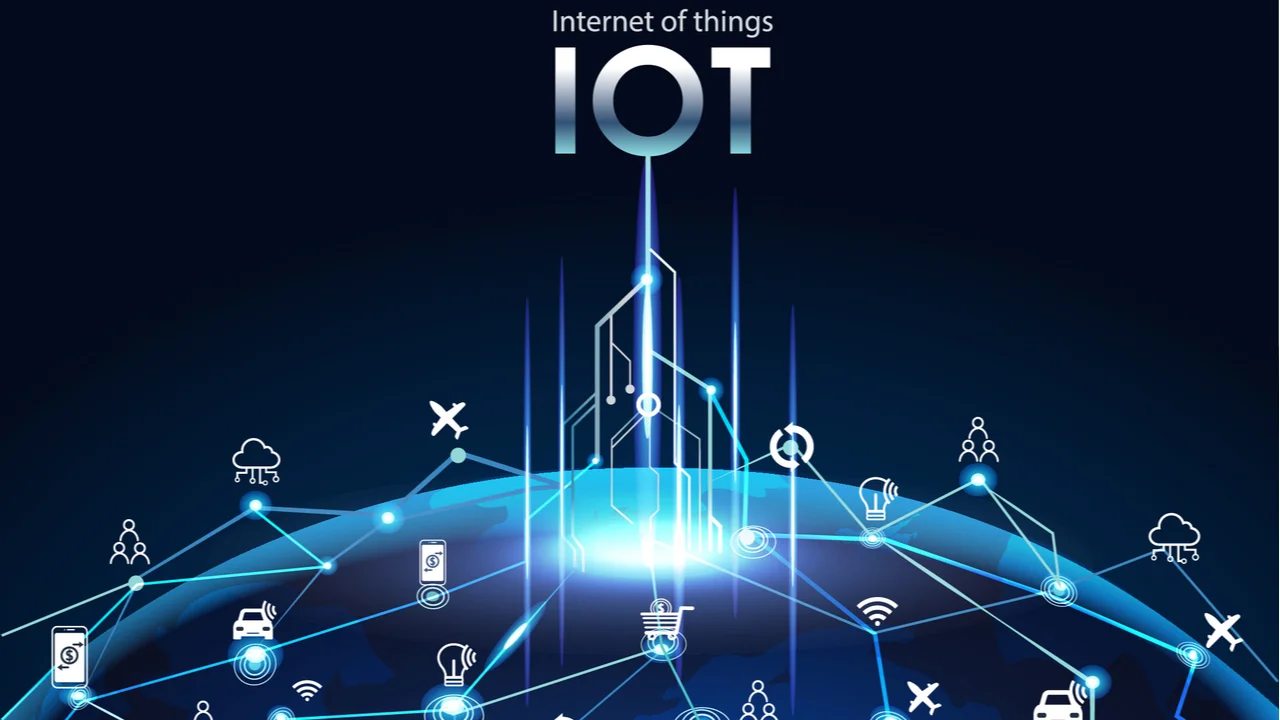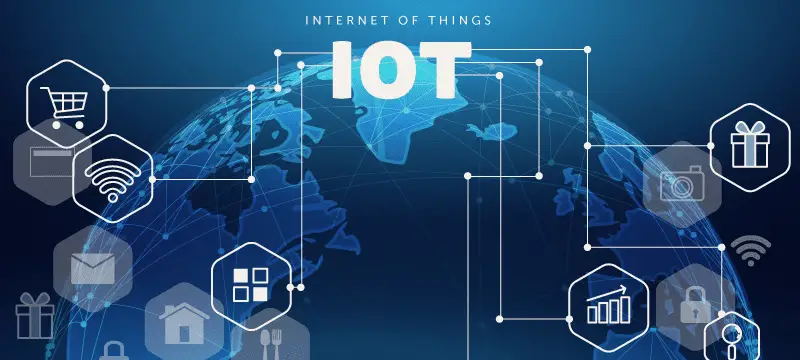
Visits: 1
Discover how the Internet of Things (IoT) is revolutionizing problem-solving in various industries. In this article, we explore the capabilities of IoT technology and its real-world applications through examples. We also provide key considerations for implementing effective IoT problem-solving strategies. Finally, we delve into the future potential and advancements of IoT technology, highlighting its potential to transform the way we approach problem-solving. Whether you’re a business owner or an individual interested in the latest technological advancements, this article provides valuable insights into the power of IoT solutions.
Introduction to the IoT and its Problem-Solving Capabilities
The Internet of Things (IoT) is a term used to describe the interconnectedness of everyday objects through the internet. This technology has revolutionized the way we live and work by allowing us to collect and analyze data in real-time. The IoT has also proven to be an effective problem-solving tool, providing solutions to many real-world issues.
By connecting devices and systems, the IoT can provide valuable insights into how they operate, enabling businesses and individuals to make informed decisions. For example, sensors placed on machinery can detect when it needs maintenance, preventing costly breakdowns and downtime. Similarly, smart homes can adjust heating and lighting based on occupancy, reducing energy consumption and costs.
The IoT’s problem-solving capabilities are not limited to just business and home environments. It has been used to address issues in healthcare, transportation, and agriculture. For instance, wearable devices can monitor vital signs and alert medical professionals in case of emergencies. In transportation, connected cars can communicate with each other, reducing accidents and traffic congestion. In agriculture, sensors can measure soil moisture levels, helping farmers optimize irrigation and increase crop yields.
Overall, the IoT’s ability to connect devices and systems and provide real-time data analysis has made it a powerful tool for solving real-world problems. As more devices become connected, the potential for the IoT to solve even more complex issues increases. However, implementing IoT solutions requires careful planning and consideration of factors such as security, privacy, and scalability.
Real-World Examples of IoT Solutions in Action
The IoT has already proven to be a powerful tool in solving real-world problems across various industries. One example is in the healthcare sector, where IoT devices are used to monitor patients remotely and provide real-time data to healthcare professionals. This allows for more efficient and effective care, as doctors can quickly identify any issues and adjust treatment plans accordingly.
Another example is in the transportation industry, where IoT sensors are used to track vehicle performance and optimize routes. This not only saves time and money but also reduces carbon emissions by minimizing unnecessary travel.
In agriculture, IoT sensors are used to monitor soil moisture levels and weather patterns, allowing farmers to make informed decisions about irrigation and crop management. This leads to higher yields and more sustainable farming practices.
IoT solutions have also been implemented in smart cities, where sensors are used to monitor traffic flow, air quality, and energy usage. This data is then used to optimize city services and improve quality of life for residents.
Overall, these real-world examples demonstrate the potential of the IoT to solve complex problems and improve efficiency across various industries. However, implementing IoT solutions requires careful consideration of factors such as data privacy, security, and scalability.
Key Considerations for Implementing IoT Problem-Solving Strategies
When implementing IoT problem-solving strategies, there are several key considerations that must be taken into account. First and foremost, it is important to have a clear understanding of the problem that needs to be solved and how the IoT technology can be used to address it. This requires careful analysis and planning, including identifying the specific data that needs to be collected and how it will be analyzed.
Another important consideration is security. With the vast amount of data being collected and transmitted through IoT devices, it is critical to ensure that proper security measures are in place to protect against cyber threats. This includes implementing strong encryption protocols, regularly updating software and firmware, and monitoring for any suspicious activity.
Scalability is also a crucial factor to consider when implementing IoT problem-solving strategies. As the number of connected devices grows, it is important to have a system in place that can handle the increased volume of data and traffic. This may require investing in additional infrastructure or cloud-based solutions.
Finally, it is important to consider the impact on stakeholders and end-users. IoT solutions should be designed with the user in mind, ensuring that they are easy to use and provide tangible benefits. Additionally, it is important to communicate clearly with all stakeholders about the purpose and benefits of the IoT solution, as well as any potential risks or concerns. By taking these key considerations into account, organizations can successfully implement IoT problem-solving strategies and achieve real-world results.
Future Potential and Advancements in IoT Problem-Solving Technology

The Power of the IoT: Solving Real-World Problems with Technology
As the Internet of Things (IoT) continues to evolve, so does its potential for solving real-world problems with technology. The future of IoT problem-solving technology is bright, with advancements in areas such as artificial intelligence, machine learning, and edge computing.
One area of potential growth is the use of AI and machine learning algorithms to analyze data collected by IoT devices. This could lead to more accurate predictions and insights, allowing for better decision-making and problem-solving. Additionally, edge computing, which involves processing data closer to the source rather than sending it to a central server, could improve the speed and efficiency of IoT solutions.
Another area of development is the integration of blockchain technology with IoT devices. This could provide increased security and transparency for data collected by IoT devices, ensuring that it is not tampered with or compromised.
As IoT technology becomes more advanced, it also becomes more accessible to businesses and individuals. This means that smaller companies and startups can leverage IoT solutions to solve real-world problems without the need for significant investment in infrastructure or technology.
Conclusion
Overall, the future of IoT problem-solving technology looks promising, with continued advancements in AI, machine learning, edge computing, and blockchain. As these technologies continue to evolve, we can expect to see even more innovative solutions to real-world problems.


%20(1).png)


